Question
Who among the following sits opposite to
O? Answer the questions based on the information given below. Ten people O, P, Q, R, S, T, U, V, W and X are seated in two parallel rows such that five persons are seated in each row but not necessarily in the same order. Persons seated in row 1 are facing towards the east direction while persons seated in the row 2 are facing towards the west direction. Therefore, in the given seating arrangement persons seating in row 1 are facing and sitting opposite to the persons seating in row 2 and vice versa. X sits at one of the extreme ends and sits Four places away from the one who faces S. P faces the one who sits to the immediate left of S. Only one person sits between P and T, who faces Q. U sits second to the left of Q and is sitting adjacent to the one who faces R. T is not sitting adjacent to R. Neither O nor V sits at the extreme ends. V neither faces west nor sits adjacent to U.Solution
X sits at one of the extreme ends and sits three places away from the one who faces S.P faces the one who sits to the immediate left of S. Only one person sits between P and T, who faces Q. Now, as X either sits extreme right or left end of row 1 or sits extreme right or left end of row 2 so, we have four possible places for X. 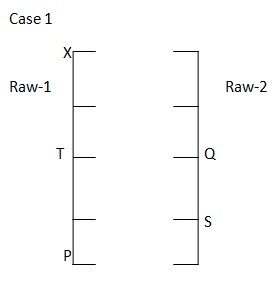
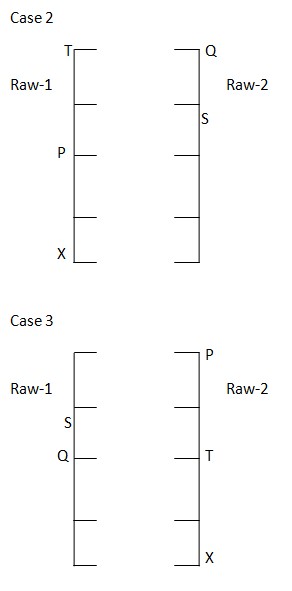
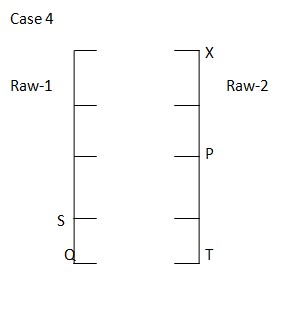 U sits second to the left of Q and is sitting adjacent to the one who faces R. T is not sitting adjacent to R. case I and III are invalid as R and T are not sitting together.
U sits second to the left of Q and is sitting adjacent to the one who faces R. T is not sitting adjacent to R. case I and III are invalid as R and T are not sitting together. 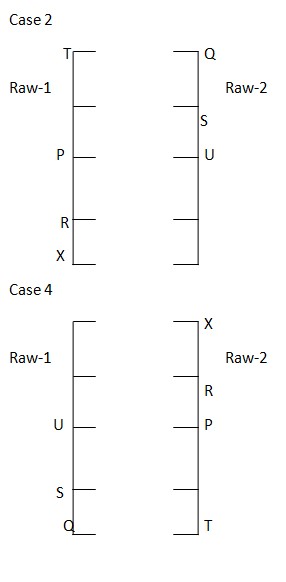 Neither O nor V sits at the extreme ends. V neither faces west nor sits adjacent to U. case IV is rejected as we can’t fix V in case IV. The final arrangement is as follows:
Neither O nor V sits at the extreme ends. V neither faces west nor sits adjacent to U. case IV is rejected as we can’t fix V in case IV. The final arrangement is as follows: 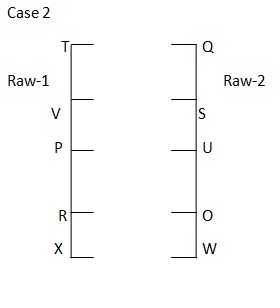
Which anniversary of the Central Industrial Security Force (CISF) was celebrated in India in 2024?
The ‘Bio-RIDE’ scheme, approved by the Union Cabinet, focuses on cutting-edge research in Biotechnology. Which of the following is NOT a component o...
What is the minimum age at which an individual can start contributing to the Atal Pension Yojana?
Pandit Shiv Kumar Sharma is renowned for playing which musical instrument?
Which of the following regarding bitcoin is False
On which date is World Lung Cancer Day commemorated annually?
Which Indian state boasts the longest coastline?
_________ state has become the first one to establish the Gati Shakti University in the state?
Coco Islands belong to which of the following nations?
Which city hosted the World Telecommunication Standardization Assembly (WTSA) 2024 for the first time in India and the Asia-Pacific?
Relevant for Exams:


